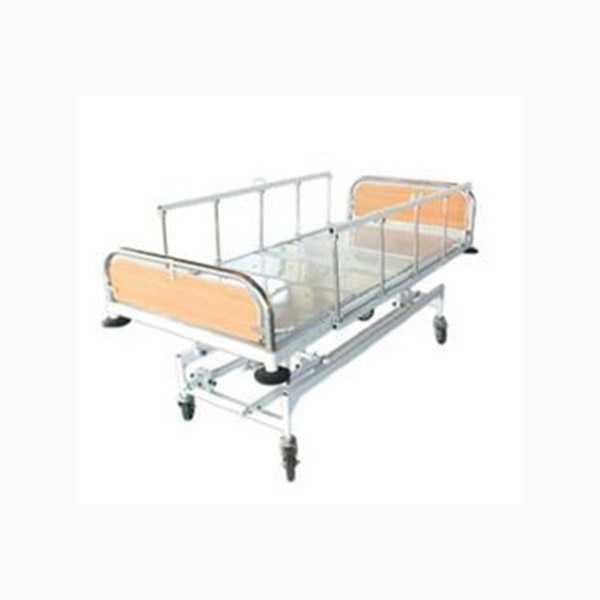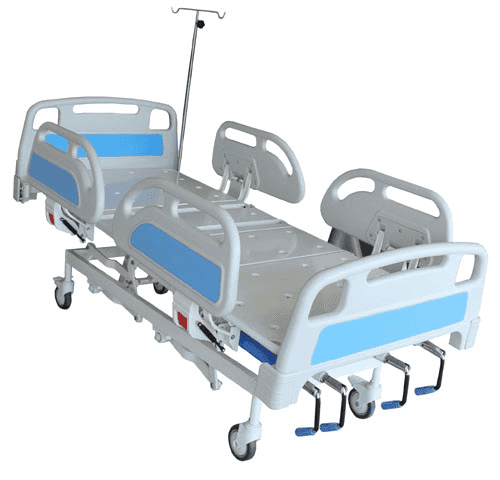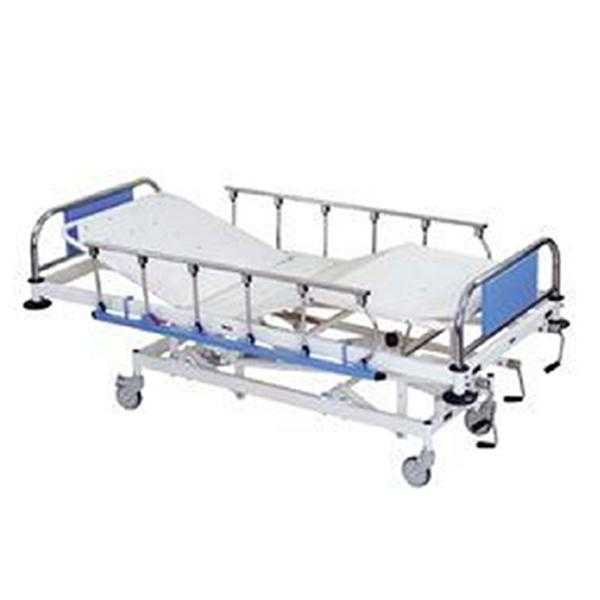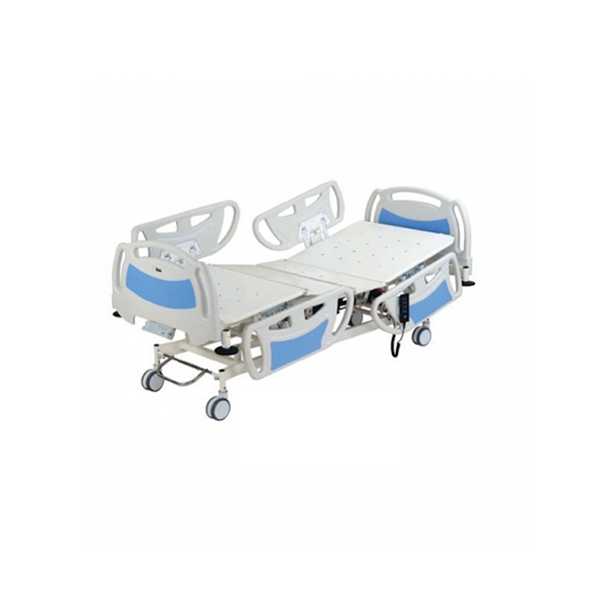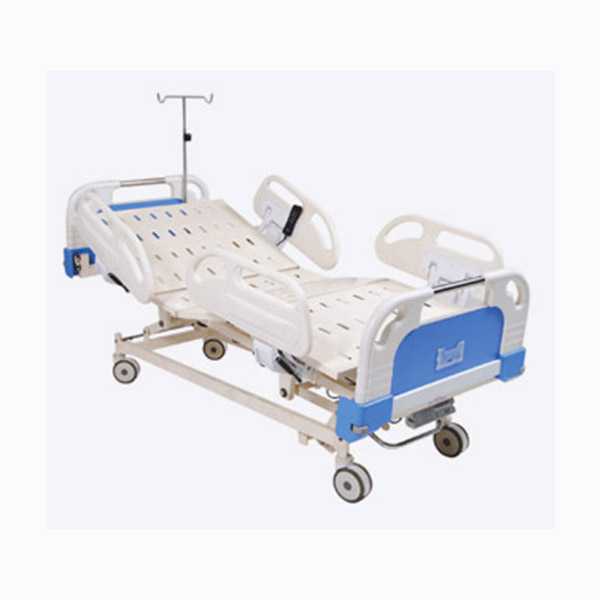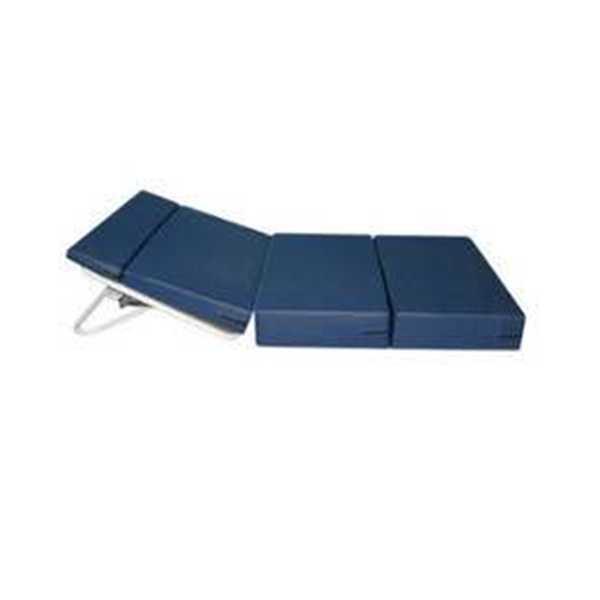hospital cot – icu 5 function motorised cot
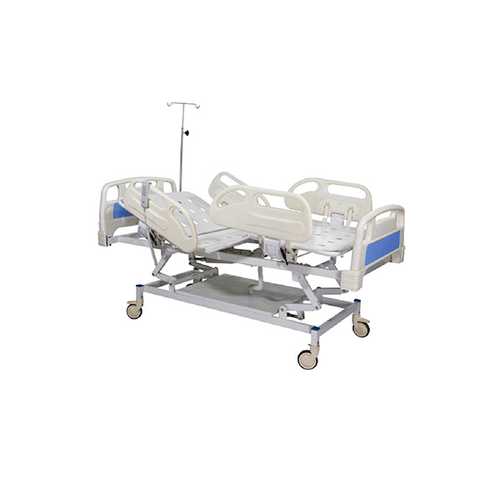
Purchase Price: ₹93000
Rental Price: ₹9000 for 30 days
* Talk to us to know about available packages.
description
Enhance patient care with Portea’s ICU 5 function beds. These hospital cots offer essential comfort during critical situations, whether for purchase or rental. Our automated hospital beds integrate cutting-edge technology, user-friendly design, and intuitive controls for seamless operation. Effortlessly adjust the bed’s height, backrest, knee rest, Trendelenburg, and reverse Trendelenburg positions using the remote-controlled electric motor. Select from renowned brands such as Arrex, Healthshine, Novamed, Slr, and Meditech to guarantee your patients the utmost comfort and care. Get a 5 function ICU bed for rent or purchase now from Portea for the best prices.
Indication of Usage:
Hospital cot can be used for patients in situations such as:
- For End-of-life care patients
- For tracheostomy patients
- For Organ transplant patients and Neuro Cases.
- For patients with respiratory or circulatory conditions
Audience:
The audience for ICU 5 patient cot is for patients with mobility and strength limitations to get on or off a bed.
Brands Available:
The various brands of hospital bed available are Arrex, Healthshine, Novamed, Slr, and Meditech.
specifications:
| Knee rest tilting | 0-35° |
| Trendelenburg | 0-20° |
| Reverse Trendelenburg | 0-20° |
| Height Position Adjust | Yes |
| Side Support | ABS track away Safety Side Railings. |
| Top | Four Sections |
| Framework | Mild Steel |
| Finish | Beautiful Epoxy Powder |
| Coating Castors | 125mm diameter |
| Brakes | Central Braking System |
| Control Panel | Wired Remote Control. |
faqs
1. What is the difference between 3- and 5-function beds?
The disparity between a 3-function bed and a 5 function hospital bed lies in the additional features of the latter. While 3-function beds are commonly utilized in emergency and ICU rooms, 5-function beds encompass the functionalities of a 3-function bed and further incorporate capabilities such as reverse and forward tilt functions. These added functions allow the entire bed to be tilted forward or backwards.
2. What is the role of an ICU bed?
ICU beds serve a critical function in intensive care units (ICUs), critical care units (CCUs), and intensive therapy units (ITUs). These specialized beds are essential for providing crucial treatment and care to critically ill patients. Equipped with advanced features and monitoring capabilities, ICU beds ensure close observation and immediate response by dedicated nurses.
At Portea, we provide hospital cot on rent and purchase, including options suitable for home care, to facilitate optimal patient comfort and care during critical situations. Our comprehensive healthcare services range from home care nurses to doctor consultations and physiotherapy at home, ensuring quality care in the comfort of your own space.
3. What sets an ICU bed apart from a regular mattress?
Here are some critical distinctions between ICU beds and regular beds:
Adjustability: ICU beds are highly adjustable, enabling nurses to position patients easily. This feature is crucial for patients requiring frequent repositioning to prevent complications such as pressure ulcers and respiratory infections. Standard beds typically need more adjustability.
Features: ICU beds often incorporate features not found in regular beds, including side rails, built-in IV poles, and pressure ulcer-preventing mattresses. These features improve care for seriously ill patients and aid in preventing complications.
Materials: ICU beds are typically constructed from easy-to-clean and disinfect materials, important for infection control in an ICU setting. Regular beds may not prioritize such ease of maintenance.
Cost: ICU beds are generally more expensive than regular beds due to their additional features and durable construction.
Overall, ICU beds are tailored to deliver the highest level of care for critically ill patients, offering features that can help prevent complications and improve patient outcomes. While regular beds may lack some of the advanced features found in ICU beds, they can still provide most individuals with a comfortable and safe sleeping environment.
4. How can a hospital bed be used at home?
Indeed, hospital beds can be used at home if additional features and adjustability are necessary. It is designed to provide comfort and support for patients recovering from severe illnesses and injuries or those with limited mobility; a medical cot can help prevent complications like pressure ulcers and respiratory infections.
Considering the use of a hospital bed at home, consider the following points:
- Bed size: Hospital beds tend to be larger than regular beds, so adequate space must be available at home.
- Bed features: Various hospital beds boast features absent in regular beds, such as side rails, built-in IV poles, and pressure ulcer-preventing mattresses. Prioritize necessary features before selecting a bed.
- Cost: Hospital beds can be costly, so financial planning is crucial.
Consult your doctor or a healthcare professional if a hospital bed is suitable. Their guidance can help determine whether a hospital bed is appropriate based on your needs.
5. What locations support the delivery of 5 function hospital bed?
Portea Medical Equipment is pleased to offer convenient delivery of 5-function hospital bed in Bangalore, 5 function hospital bed in Delhi, 5 function hospital bed in Mumbai, 5 function hospital bed in Hyderabad and other top cities across India. You can rent or purchase your 5-function hospital bed online from Arrex, Healthshine, Novamed, Slr, and Meditech and have it delivered right to your doorstep. Enjoy fast, reliable delivery and start promoting patient comfort and recovery today.
list of location we provide hospital beds products in
Doctor Consultation
Nursing
Physiotherapy
Trained Attendant
Elder Care
Mother & Baby Care
Lab Tests
Medical Equipment
Speciality Pharma
Critical Care

